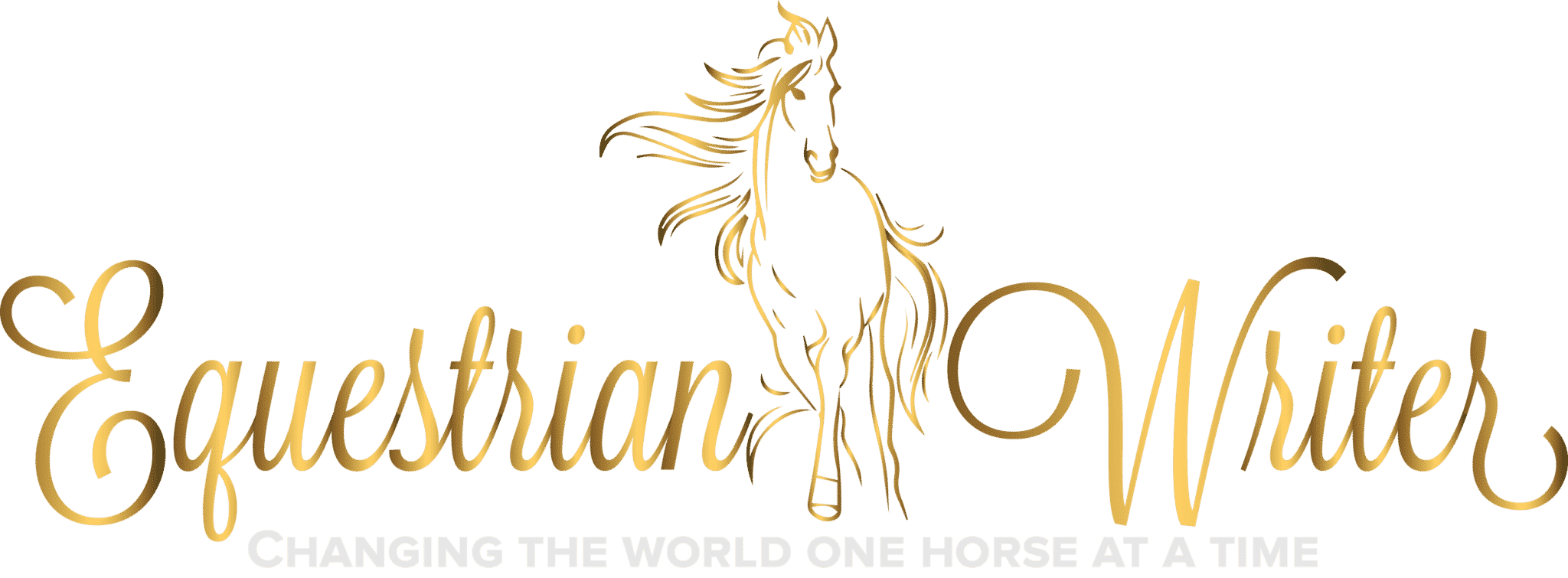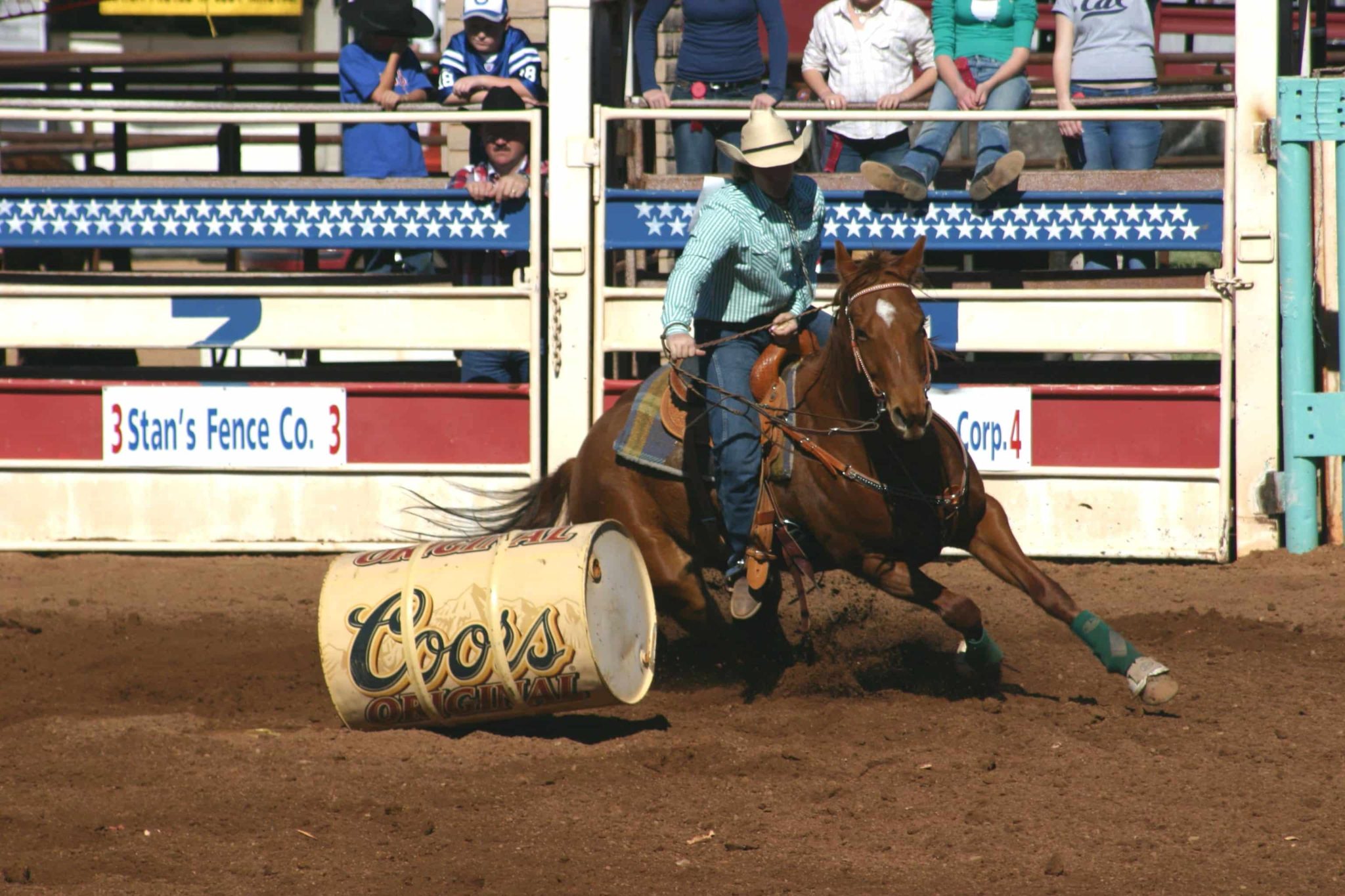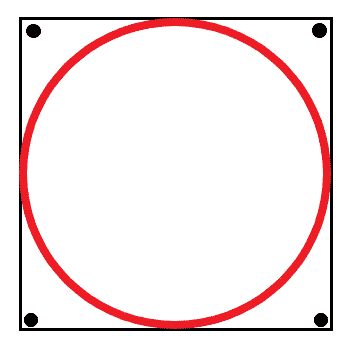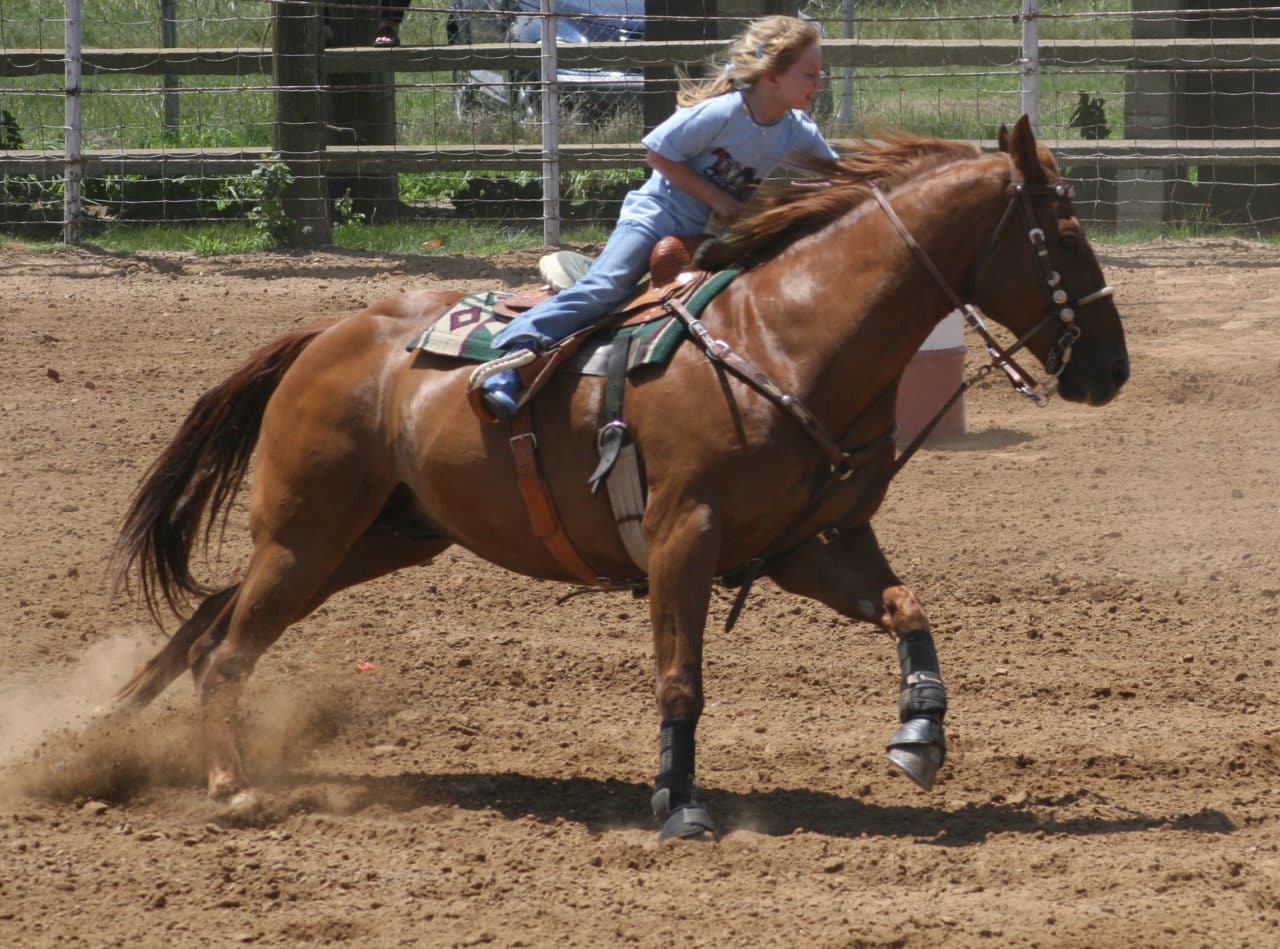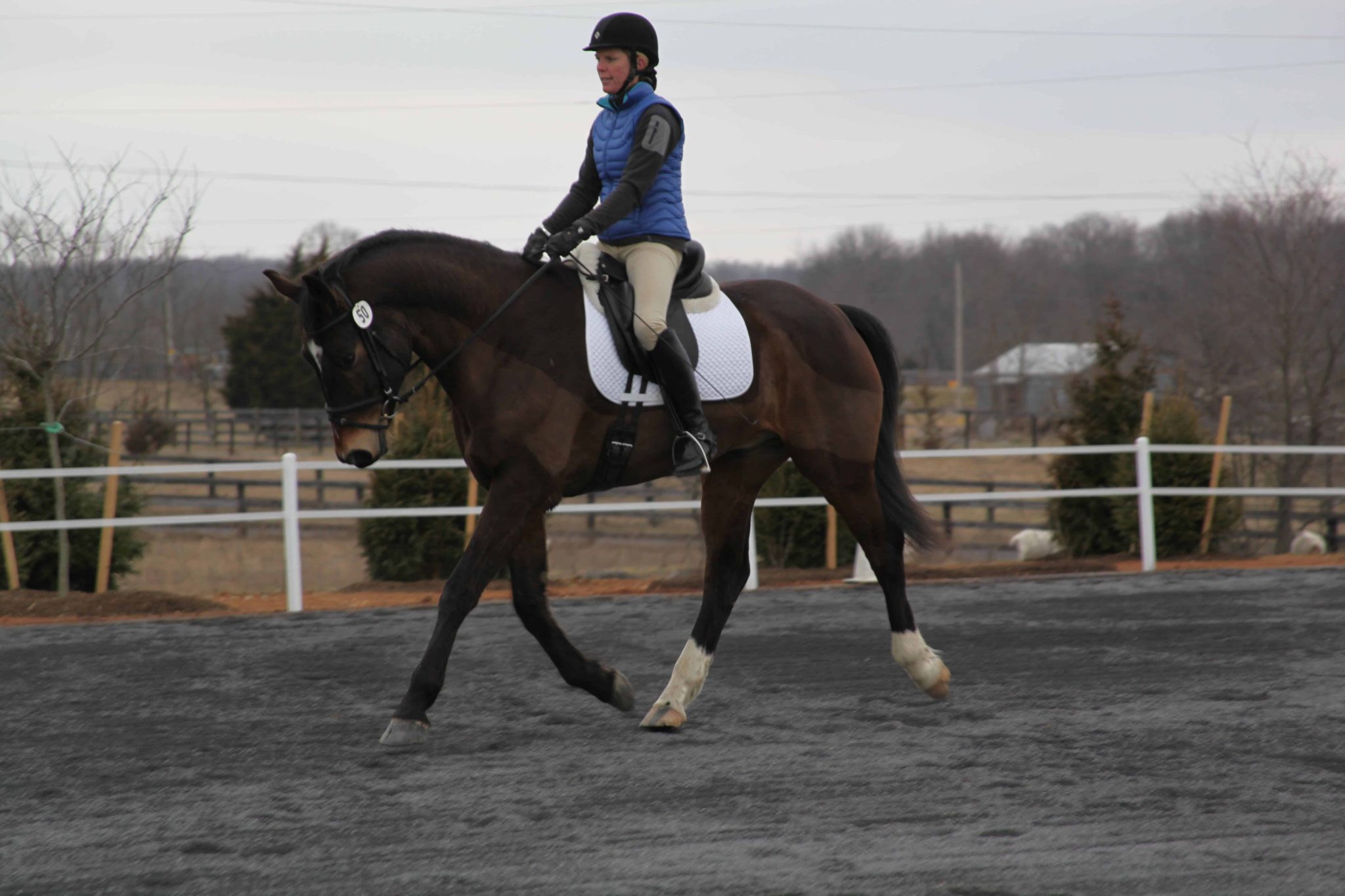
Spirals are a very valuable exercise for any discipline. They really help with shoulder and rib cage control. Spirals test a horse’s balance and collection. They can be done at all gaits, but are most beneficial at the lope.
Prerequisites for Spirals
- small circles at all gaits
- medium circles at all gaits
- large circles at all gaits
- collection
- independent control of all body parts (head, shoulders, rib cages, hind quarters)
Teaching Spirals
Step 1: This exercise is most effective done at a lope, but you can do it a at any gait. First, you establish a large circle, about 60 feet in diameter. Stay on that circle until you have established a good rhythm.
Step 2: Slowly start to tighten the circle. Do this very gradually. Maintain the same rhythm and speed. If your horse begins to loose the rhythm, stop tightening the circle until he finds his footing. Once he is able to reestablish his rhythm, give him at least one full circle to really get comfortable before you start tightening the circle again.
Step 3: Once your circle gets small enough, your horse will be forced to break to a trot. That is fine. Make sure he is extending the trot and really working. Slowly begin to widen the circle again until you can pick up the lope.
Step 4: Continue widening the circle until you have reestablished your original 60 foot circle.
Common Horse Mistakes
1. Hollowing the back
There are horses who will feel insecure doing spira. For some, it may be due to lack of adequate topline and collection to complete the exercise. For others, it may be bad habits coming back to haunt them from a history of poor training. Whatever the reason, it is not unusual for horses to start hollowing their backs and loosing collection on the circle. This causes a ripple effect of other problems including:
Rushing: A horse that loses collection will start rushing and lose all rhythm. He will get racey and you will feel his back drop away like the floor just dropped out from under you.
High head: As soon as the back drops down, the head comes up. You can see the tension in the neck as the lower neck muscles engage (which is the exact opposite of what we want).
Stiffness through the body: A horse with a hollow back will be stiff through the entire body. This will prevent him from bending properly on the circle.
Bracing against the bit: A hollow backed horse that is stiff through the body will also be stiff through the poll and jaw which leads to bracing against the bit and a lack of control.
Uneven circles: All of this leads to uneven circles that are more egg-shaped than circular.
The Solution
There are several ways to prevent this. First, you need to make sure you horse is in peak physical condition and really has enough topline to do the spirals exercise. With that taken care of, you need to start slowly. Take note of the point where you horse starts to hollow out. Push him as far as you can without him hollowing out. But, just when you feel like he’s at his limit, widen the circle back out again. You will be surprised how quickly he progresses. Each time you will be able to push him a tiny bit further as he builds his confidence. The key is to make sure he succeeds every time.
2. Dropping the shoulder
This is a favorite trick for many horse to avoid anything they deem to be too hard of work. They like to drop the inside shoulder and dive to the inside. It can be hard to tell if they only drop the should a little bit, as you may only notice a slight deviation on the circle. However, if they drop the shoulder completely, it will feel like the floor just dropped out from under you as they dive to the inside.
The Solution
Either way, you need to be ready with that inside leg and inside rein to pick that shoulder up and really push them forward. The slower you let them go, the more they’re going to try this kind of stunt. So, really make them hustle.
3. Stiffening the rib cage
A horse must be soft in the rib cage to learn spirals properly. This exercise requires the horse to have a slight bend through the entire body to flow through the turn. A stiff rib cage will cause the horse’s body to be straight, which will inhibit the horse’s ability to maintain the circle.
The Solution
Work on lateral exercises and getting you horse to move his rib cage off your leg. Leg yields are great for this.
Common Rider Mistakes
1. Riding too stiff
If you are stiff, the horse is going to be stiff. So, if your horse is stiff through the rib cage, bracing against the bit, or hollowing his back, the first question you should really ask is: am I riding too stiff and causing the problem?
2. Leaning to the inside
This is where the rider can actually cause the horse to drop his shoulder. If you are leaning to the inside, you are dropping your inside shoulder. Your horse mimics your body position. If you drop your inside shoulder, he drops his inside shoulder. So often it becomes a habit for both horse and rider. We actually create the problems that bother us the most.
Why do we use spirals?
There are many uses for the spiral exercise. Spirals are great for introducing barrel horses to tight turns. They are also often used to teach reining horses to spin.
Cover Photo by Katherine Mustafa Photography
